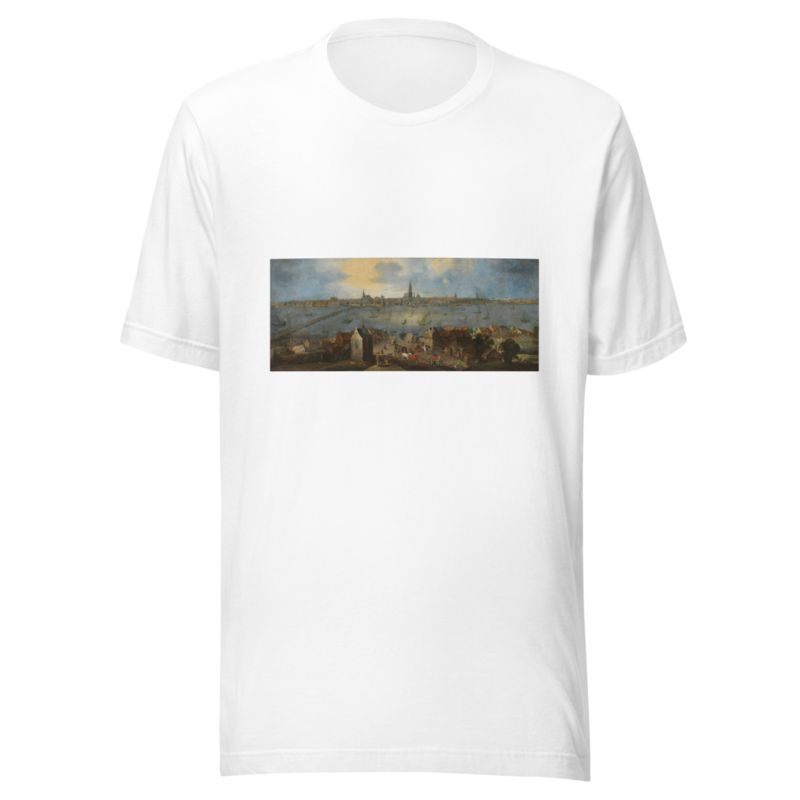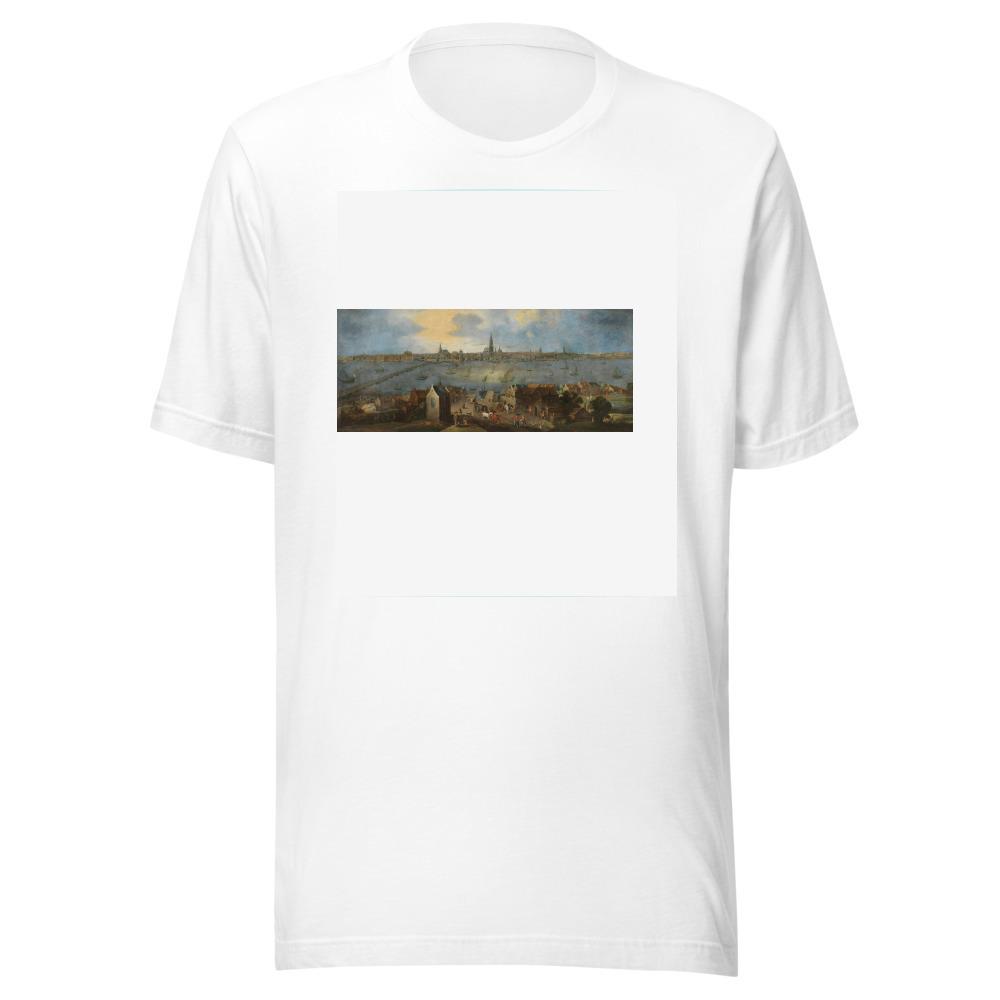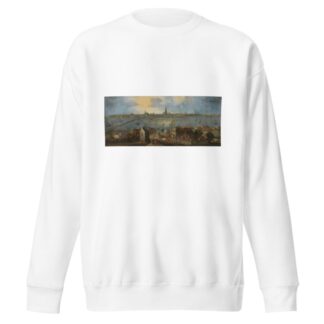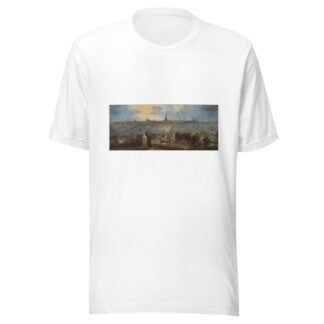Description
Gezicht op de rede van Antwerpen by Mathys Schoevaerdts printed on a T-Shirt
About the T-Shirt
Regular fit
Standard length, the fabric easily gives into movement
Casual wear
A classic, everyday option loved by our customers
Side-seamed
Constructed by sewing two parts together, creating a fitted look
The Unisex Staple T-Shirt feels soft and light with just the right amount of stretch. It’s comfortable and flattering for all. We can’t compliment this shirt enough–it’s one of our crowd favorites, and it’s sure to be your next favorite too!
- Solid colors are 100% Airlume combed and ring-spun cotton
- Ash color is 99% combed and ring-spun cotton, 1% polyester
- Heather colors are 52% combed and ring-spun cotton, 48% polyester
- Athletic and Black Heather are 90% combed and ring-spun cotton, 10% polyester
- Heather Prism colors are 99% combed and ring-spun cotton, 1% polyester
- Fabric weight: 4.2 oz./yd.² (142 g/m²)
- Pre-shrunk fabric
- 30 singles
- Side-seamed construction
- Tear-away label
- Shoulder-to-shoulder taping
- Blank product sourced from Nicaragua, Mexico, Honduras, or the US
Mathys Schoevaerdts (c. 1665 – after 1702)
Mathys Schoevaerdts or Matthijs Schoevaerdts was a Flemish painter, draughtsman and printmaker. He is known mainly for his landscapes with trees, marines and genre scenes. He started out in the tradition of Jan Brueghel the Elder and later developed towards an Italianate style.
Details about the life of Mathys Schoevaerdts are scarce. The earliest records about the artist date from 1682, the year in which he began his apprenticeship with the landscape painter Adriaen Frans Boudewijns. This makes it likely that he was born somewhere between 1665 and 1667 assuming the age at which apprenticeships typically started was 15 to 17 years. His birthplace was likely Brussels.
Mathys Schoevaerdts was admitted as a master of the Brussels Guild of Saint Luke in 1690. He served as a Dean of the Guild from 1692 to 1696.
His work was highly appreciated during his lifetime and was widely collected throughout the 18th century. He spent time in the Dutch Republic.
His latest dated work is dated to 1702. It is believed that he died soon thereafter. A document from 1712 states that by then he was dead.






Reviews
There are no reviews yet.